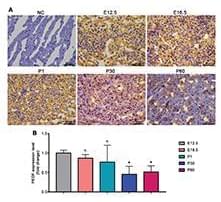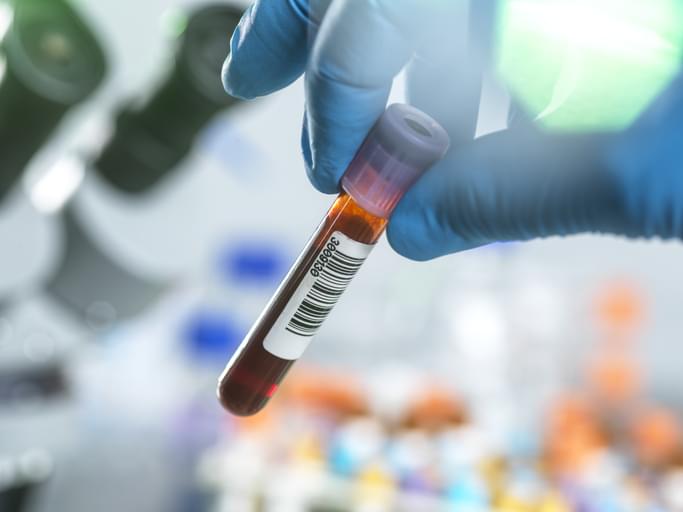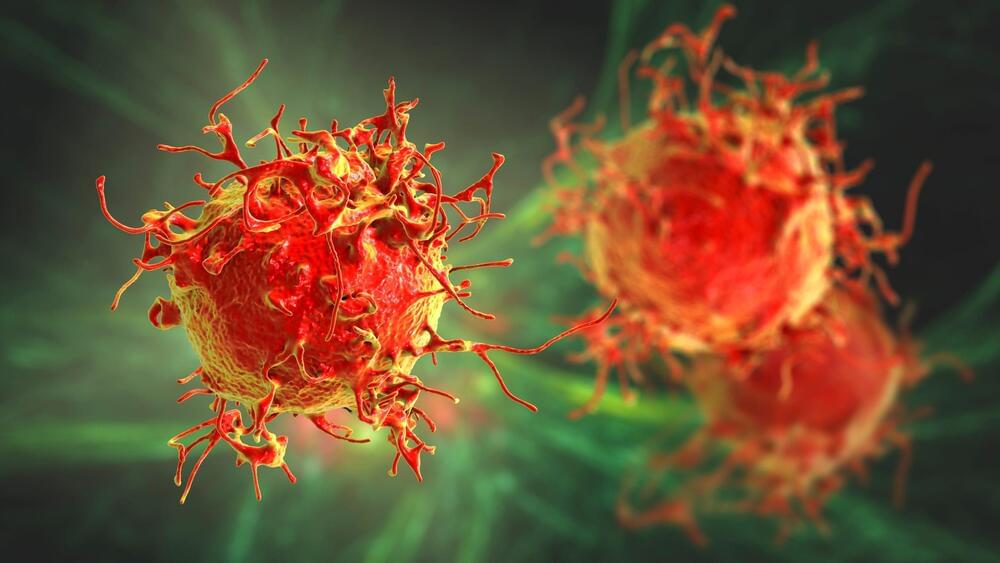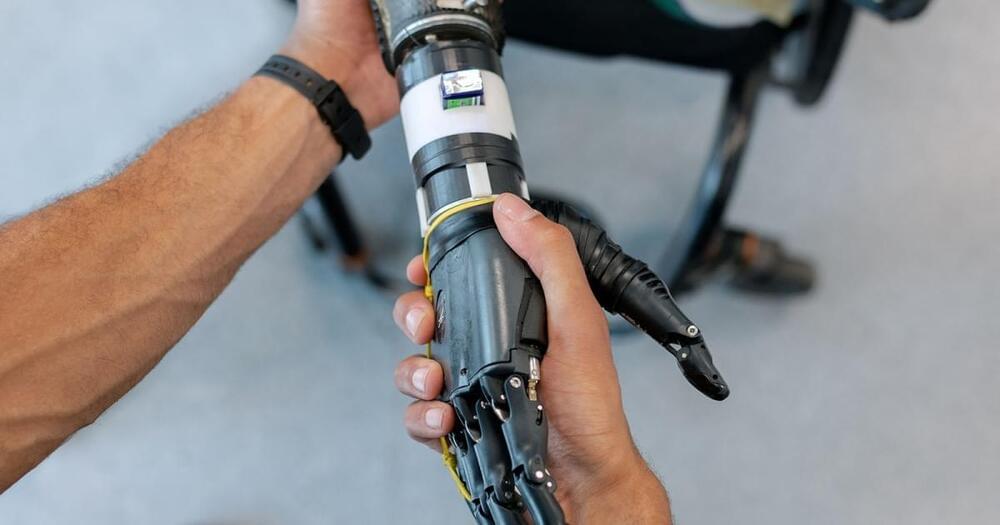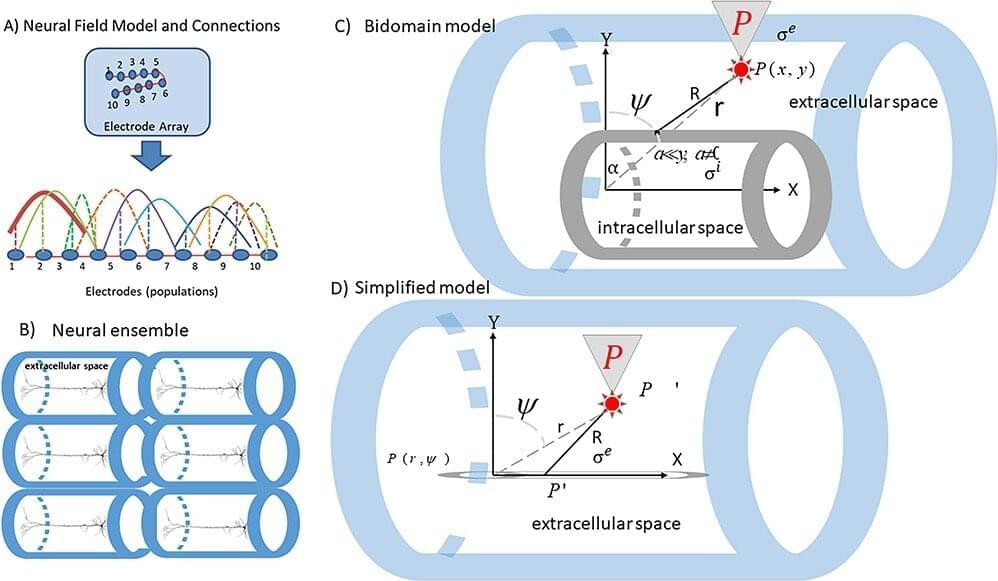Jul 11, 2023
Expression Patterns and Functions of Cardiac Pigment Epithelium-Derived Factor During Cardiac Development
Posted by Shubham Ghosh Roy in categories: biotech/medical, chemistry
Objective: This study describes the expression profiles and roles of cardiac pigment epithelium-derived factor (PEDF) during cardiac development.
Methods: Gene datasets from the Gene Expression Omnibus (GEO) database were used to analyze the correlation between cardiac PEDF expression and heart disease. Western blotting.
Immunohistochemistry, histological staining and echocardiography were used to assess the expression patterns and functions of PEDF during cardiac development.
